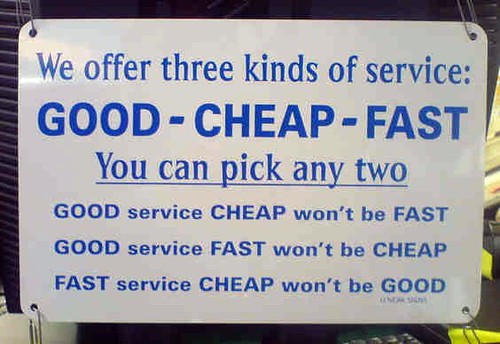Give your website an oil change!
Your website and your car are more similar than you think. You put in a substantial investment up front when you acquired them, and you need to give them both maintenance if you want to keep them working properly.

Chances are good that if you want to keep your car running, you’ve spent some time and money giving it proper maintenance. But have you given any maintenance to your website since you launched it?
Manufacturers provide guidelines for car owners, making it easy to know when to do what. For example, most car owners are advised to give their vehicles an oil change approximately every 3,000 miles. You are also asked to take your car in for service at certain milestones (50,000 miles, etc.) to check out things like your brakes, hoses, and whatever else.
Depending on who developed your website, you may also have some guidance. However, there are many websites out there that haven’t gotten their figurative oil changes lately. It’s as if the website owners think that just putting up a website and forgetting about it is enough. Unfortunately, if you don’t give your website some maintenance, it will stop working properly for you.
Here are few things to check out on your website:
- Is it mobile-friendly?
- Is the contact information accurate?
- Do you have social media properties? Are they included?
- Are your links up to date?
- Are all your pages rendering properly?
- Is your content updated/accurate?
- What is the copyright information (hint: if it says copyright 2009, you need to update)
- If you list any personnel (staff, leadership, board), is the list complete and up to date?
- If you list services or products, do you still offer all of these?
- If you have pricing, is it accurate?
- Is your website software up to date?
- Is your domain registration in order?
This is not a comprehensive list. But if it’s been a while since you gave your website any thought or attention, you may want to put it on your to-do list. You may even find that maintenance is not enough and that you need a complete overhaul.
It’s no longer enough to just have a website. You must keep it up (or hire someone to do it for you).
What are your thoughts? When was the last time you took a look at your website?
About Deborah Brody
Deborah Brody writes and edits anything related to marketing communications. Most blog posts are written under the influence of caffeine.




